In combination with metal containers, biodegradable packaging is an excellent alternative to conventional plastic. Films, coatings and bags based on biodegradable polymers protect perishable products from contact with microbes and air. They are extracted from natural products and can be produced and disposed of in an environmentally sustainable way. They represent a possible move away from plastic that could help people move beyond their dependence on fossil fuels.
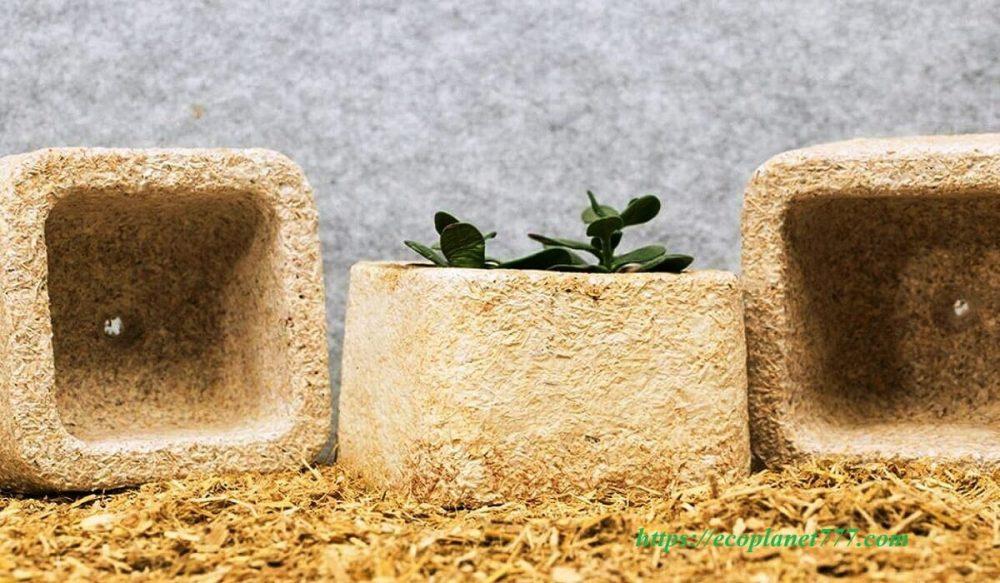
The rise of online shopping has led to a boom in e-commerce packaging and more waste in landfills. The most commonly used packaging material is plastic. It is easy to produce but has many environmental consequences, such as long-term decomposition and damage to natural ecosystems.
We have compiled a list of environmentally friendly packaging materials that serve as a great alternative to plastic.
The production of biodegradable packaging comes from materials of natural origin, such as cellulose (wood and cotton), rubber, grain, milk, starch and biotechnology.
Types of biodegradable packaging
Compostable packaging
Compostability refers to the ability of a material to naturally decompose in the ground without leaving any toxic residue. Compostable packaging materials are usually made from plant-based materials (such as corn, sugarcane or bamboo) or biopolymer materials.
It is important to note that for a material to be truly considered compostable, it must decompose in home compost within 180 days and 90 days under commercial composting conditions.
Recycled packaging
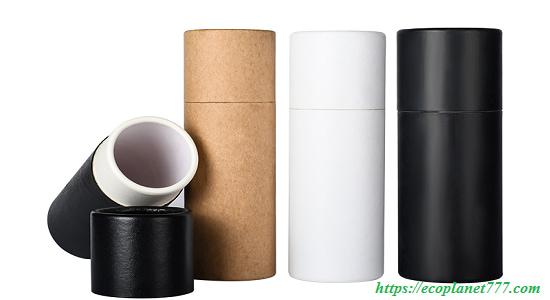
Sustainable packaging materials can also be made from recycled packaging. These are items that give a second life to plastic that was already in circulation.
By using recycled materials, you can conserve natural resources, reduce waste in landfills, and prevent pollution by limiting the need to collect raw materials.
Corrugated packaging
Corrugated packaging (or corrugated cardboard) is mainly made from trees or old corrugated containers. It can be used 7 to 10 times to make new packaging materials. In addition, corrugated packaging is used more for recycling than any other packaging material.
Corrugated packaging is widely used in the industry and many online retailers use it to package and ship their products.
Glassine packaging
If you need to use translucent paper packaging, glassine paper is a good option, a smooth and glossy paper that is air, water and grease resistant. It is made from wood pulp, which makes it biodegradable and recyclable. It also has a neutral pH and is acid free.
Cellulose packaging
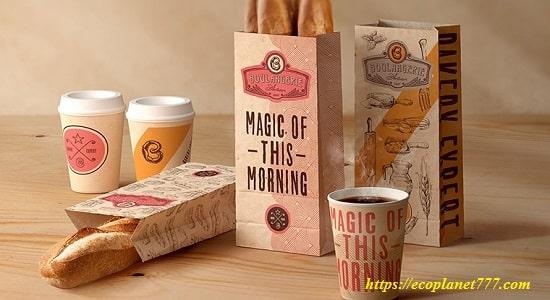
Cellulose packaging is made from natural materials such as hemp, wood and cotton. The material is biodegradable and compostable, making it a sustainable alternative to plastic.
In particular, food brands favor cellulose packaging due to its moisture-resistant properties. You can see it in the food market where vendors use cellulose film to package their products.
Corn starch packaging
Cornstarch packaging refers to materials made from, you guessed it, cornstarch. It is made from renewable materials and contains no harmful toxins, making it biodegradable and sustainable.
Similar packaging is also made from potato and rice starch. Plants such as potatoes, corn, rice, etc. are heated and starch molecules are extracted directly from them. The starch biopolymers are then processed, heated and formed into their final packaging form. Starch is considered a very good biopolymer because it is produced in large quantities around the world, 31 billion kg per year, making it very affordable and cheap. It has been proven that starch-based polymers successfully replace polystyrene and polyethylene.
Chitin packaging
Another common and frequently used biopolymer is chitin. Chitin is commonly found in the skin of insects, the cell walls of fungi, and the shells of molluscs. This biodegradable film is usually made from a mixture of starch and chitin and has good antimicrobial properties. This packaging is used in the food industry as a coating for fruits and vegetables. Starch-chitin films protect perishable products well and prevent their contact with air.
Mushroom mycelium packaging
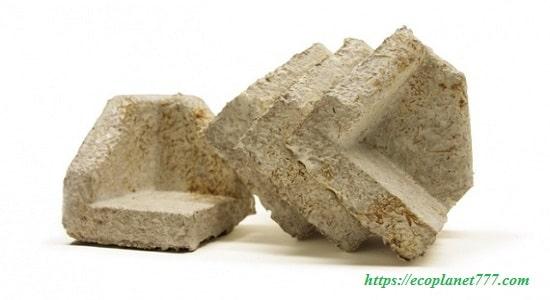
Another popular alternative to styrofoam is packaging made from the mycelium (fungus) found in mushrooms. The result is a strong packaging material that can protect products from damage and transport them. The material’s strong and lightweight properties allow it to safely deliver goods while remaining stable.
Kraft paper
Kraft paper is made from wood pulp. Unlike plain paper, kraft materials use all types of wood, including resinous pine, which is not usually used in the creation of products from plain paper. Almost all of the chemicals used to make kraft paper can be reused, making the manufacturing process more sustainable.
Natural foam packaging
This is a bio-based foam made from US grown corn. Its English name is Green Cell Foam. You can dispose of it by dissolving it in water or by composting the material at home or at industrial sites.Despite its low weight, it is very impact-resistant and strong, ideally adhering to the surfaces of the object. This packaging is similar to regular foam in many ways, making it ideal for brands that need cushioning materials when delivering products.
Milk packaging
A scientist at a leading US government research center has invented a material for making edible, waterproof food packaging made from milk protein, casein.
This coating can be used for packaging dairy products – milk, cheese, yogurt and more.
Previously, there have been attempts to produce a similar film coating, but all of them were unsuccessful, since the casein derivatives could not withstand contact with water. However, Peggy Tomasula, a chemical engineer at the US Agricultural Research Service (ARS), discovered a method for extracting casein using high-pressure carbon dioxide. Thanks to this method, we learned about the natural ability of the protein to form a waterproof film.
Casein can be made in the form of sheets or applied directly to the product. In any case, it protects the product from damage and contamination, as it acts as a barrier against external influences. Edible casein films retain product moisture and are therefore excellent for packaging cheese, and laminated film casein for yoghurts. In the production of casein packaging, vitamins and flavors can be added to it to improve the nutritional and palatability of products.
Benefits of biodegradable packaging of the future
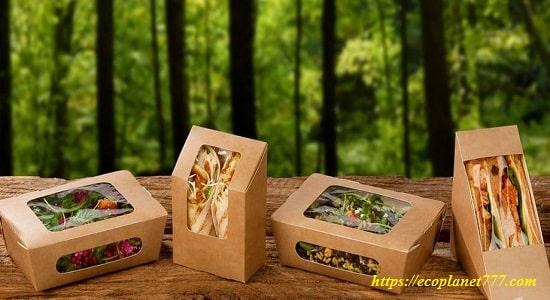
Biodegradable packaging or the packaging of the future is a very promising alternative to plastic that helps mitigate the long-term problems associated with the overuse of plastic. It is made from renewable materials, as opposed to petroleum-based plastics. In addition, biopolymers are synthesized in a relatively energy efficient process requiring much less energy than the production of plastic polymers. Another important advantage of biodegradable packaging is that it is non-toxic to the environment and humans. This greatly simplifies their disposal, and they do not accumulate over time, as plastic does. Finally, biopolymers help reduce our dependence on oil and reduce CO2 emissions. This is perhaps the most important benefit of biodegradable packaging as it helps reduce climate change, a global issue.
Disadvantages of biodegradable packaging
While biodegradable packaging is largely a positive thing, it is not perfect and comes with a few downsides. One problem that may arise with the increased use of biopolymers in the long term is that biopolymer synthesis may require more plant material. Unless a more efficient synthesis method is developed within the next 50 years, we will need more agricultural land to provide the biomass needed to produce all the biopolymers we need. Another issue is that since this is a relatively new process, we will need to build many new processing plants to produce these biopolymers. Producing new plants is a costly, labor intensive and polluting process that will take many years. Finally, not all biopolymers can be composted at home, and efficient composting requires dedicated composting plants.
P.S.
If you liked and found this information useful, please share it on social media. networks with your friends and acquaintances. This is how you support our project “Ecology of Life” and make your contribution to the preservation of the environment!
- Magnetic storms: the sun is testing the planet🌪️ - 13.06.2024
- Why You Should Drink Chicory: Benefits and Harms 🌿 - 09.06.2024
- Innovative Choice: Sproud Milk – Your Ideal Plant-Based Drink 🌱 - 03.06.2024
